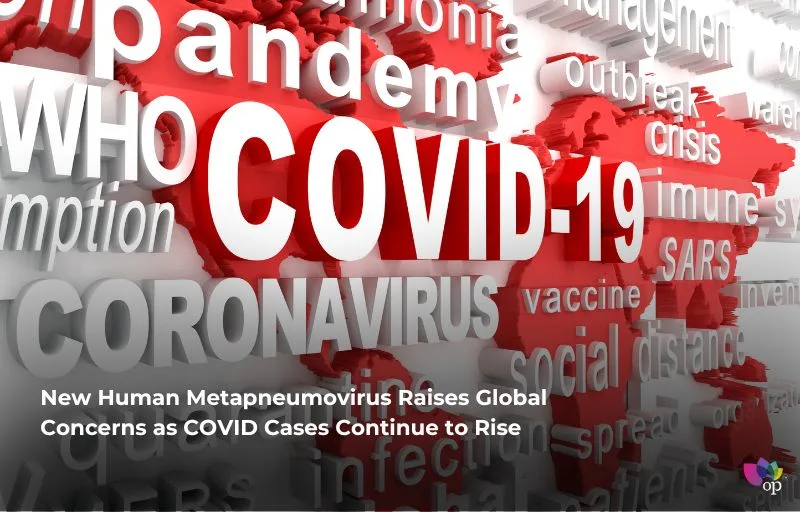According to the reports on Monday (20 January), a new virus outbreak, known as Human Metapneumovirus (HMPV), has raised global concerns due to its resemblance to COVID-19. Several countries, including India, are closely monitoring its spread to prevent further disruption. HMPV primarily affects the respiratory system and shares symptoms similar to COVID-19, such as cough, fever, nasal congestion, and difficulty breathing. This has led to fears of another widespread respiratory illness, particularly during seasonal changes when HMPV is known to spread more frequently.
While the HMPV outbreak is being closely watched, COVID-19 remains a significant threat. According to a recent WHO report, between June and July, two deaths were reported in India due to COVID. The country has also seen a rise in new cases, with 77 new infections reported in just two months. Overall, the global situation has seen a 30% increase in new COVID cases, and deaths have risen by 26%, totaling over 1.86 million new cases and more than 2,800 deaths across 96 countries.
In India, several states are grappling with a growing positivity rate, including Arunachal Pradesh, Assam, Manipur, and Maharashtra. However, the report highlights that there has been no significant rise in severe cases or hospitalizations so far. Globally, the WHO reports nearly 195,000 active COVID cases and 2,370 deaths in the last 28 days. The most commonly reported variant, JN.1, has now been detected in 135 countries, with two new subvariants, KP.3.1.1 and LB.1, spreading faster in different regions.
In addition to the ongoing COVID concerns, countries like South Korea and several U.S. states are seeing a rise in COVID cases. Notably, child cases in South Korea have surged significantly, with reports showing a dramatic increase in cases between July and August. The global impact of COVID-19 continues to be severe, with over 775 million confirmed cases and more than 7 million deaths since the pandemic began. As health officials monitor both COVID and HMPV, efforts to manage these respiratory illnesses remain a priority.
References


 العربية
العربية 简体中文
简体中文 Français
Français Deutsch
Deutsch עִבְרִית
עִבְרִית हिन्दी
हिन्दी Italiano
Italiano 日本語
日本語 Русский
Русский Español
Español

Good info and straight to the point. I am not sure if this is in fact the best place to ask but do you people have any thoughts on where to employ some professional writers? Thanks in advance
Thank you for your sharing. I am worried that I lack creative ideas. It is your article that makes me full of hope. Thank you. But, I have a question, can you help me?
Your article helped me a lot, is there any more related content? Thanks!